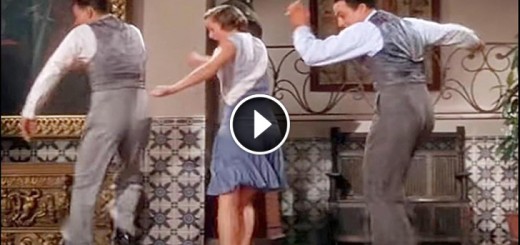Doctor Notices Something Unusual About David Beckham — Issues a Serious Health Alert
David Beckham has long been admired for his sharp appearance, athleticism, and healthy lifestyle.
Yet recently, a medical expert’s sharp eye caught something subtle about him — a tiny physical clue that might hint at a hidden health risk many people overlook.
At first glance, nothing seemed out of the ordinary.
But when Dr. Rokas Šerpytis, a Lithuanian cardiologist and professor specializing in cardiovascular medicine, examined several close-up photographs of Beckham, he noticed a small but distinctive feature that immediately raised concern.
The Hidden Clue That Sparked Concern
What the doctor saw wasn’t related to Beckham’s posture, skin tone, or even fitness level — it was something far more specific.
A faint, diagonal mark appeared on Beckham’s right earlobe, known in medical literature as Frank’s Sign or Diagonal Earlobe Crease (DELC).
Although it may appear like a harmless wrinkle, multiple studies suggest that this subtle crease could be associated with atherosclerosis, a condition caused by plaque buildup in the arteries that may lead to heart attacks or strokes.
What Research Has Found
The possible link between this crease and cardiovascular disease was first identified in 1973 by Dr. Sanders T. Frank, who noticed the pattern among patients with significant heart conditions.
Recent research — including a 2021 Oxford University study — referred to it as a “useful clinical sign,” noting that it could be a visible indicator of underlying coronary issues.
Still, medical experts caution that while Frank’s Sign can appear in some people with heart disease, it’s not a diagnosis on its own.
Instead, it may serve as a visual reminder to monitor cardiovascular health, especially for those with genetic risk factors or advancing age.
Why Beckham’s Case Matters
Beckham’s family history also raised attention. His father, David Edward Alan Beckham, reportedly suffered a heart attack in 2007 at the age of 59 and required emergency treatment to clear blocked arteries.
When Dr. Šerpytis discovered this connection, he emphasized that individuals over 50 — like Beckham — should consider routine heart screenings, particularly if family history is a concern.
“Whether or not this crease means anything specific,” Dr. Šerpytis explained, “the broader message remains: prevention and early detection save lives.”
Expert Opinions Are Divided
Not all cardiologists agree on the significance of Frank’s Sign. Some, like Dr. Paul D. Thompson, Chief Cardiologist-Emeritus at Hartford Hospital, remain skeptical, pointing out that correlation doesn’t always mean causation.
He explains that modern diagnostic tools such as cholesterol tests, blood pressure monitoring, and coronary calcium scans are far more reliable indicators of heart health.
The Takeaway
As Beckham celebrates turning 50, this observation serves as an important reminder: even those who appear to be in perfect health can benefit from regular checkups and lifestyle awareness.
While the crease may or may not signal an issue, it highlights the importance of staying alert to our body’s subtle signs.
After all, good health isn’t just about what’s visible — sometimes, it’s about noticing what most people would never see.




























